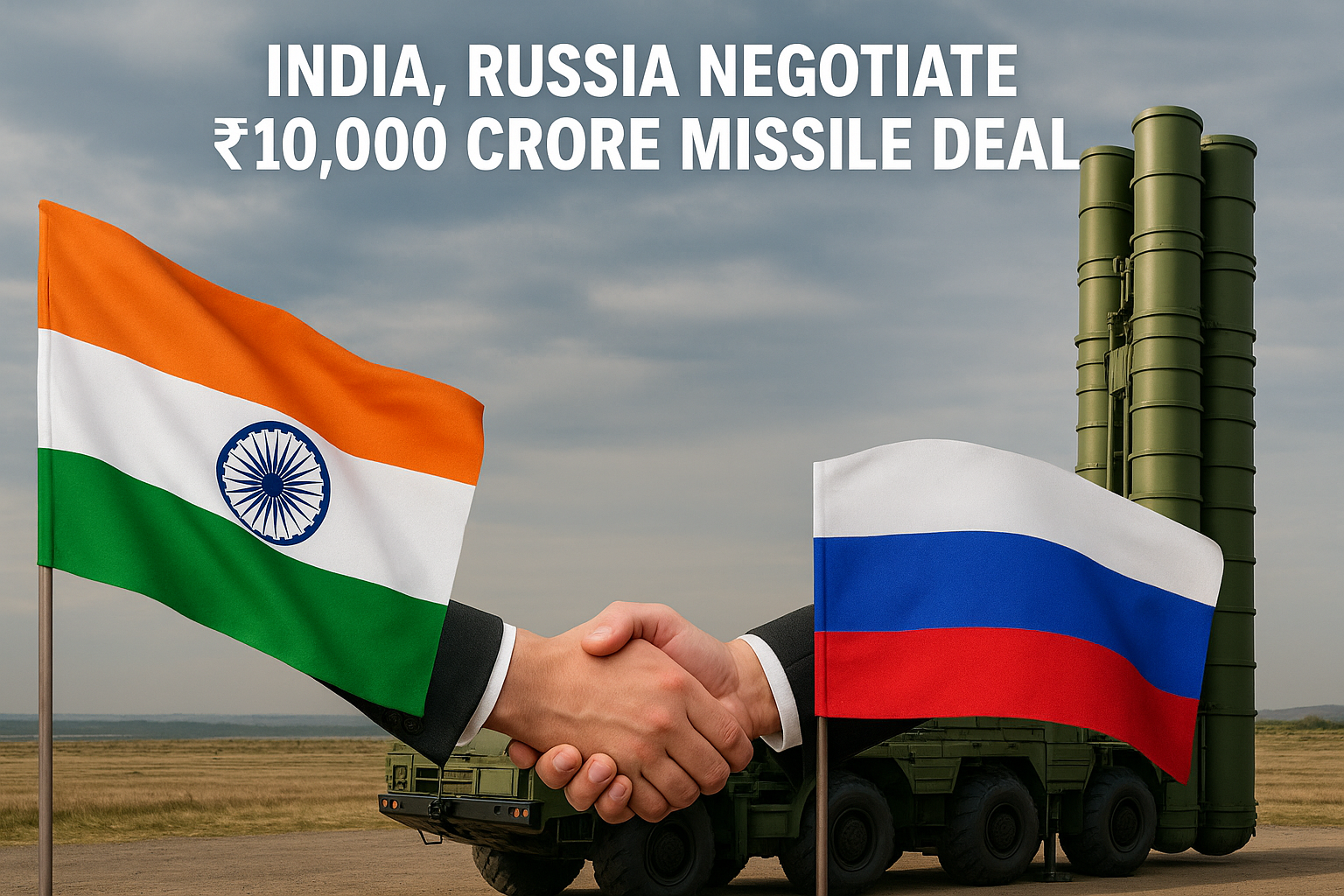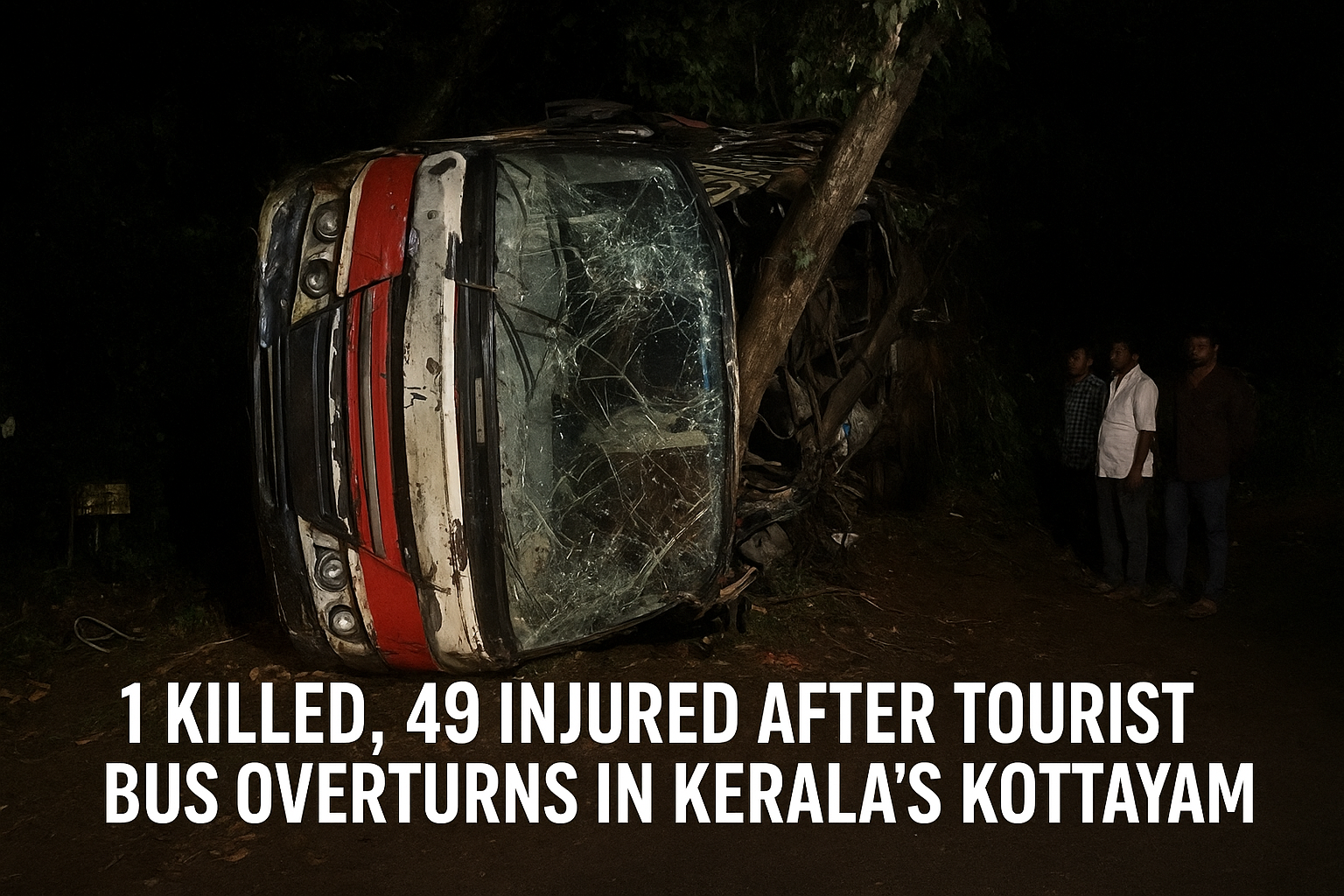Reference to India Tv.Discussions going on to broaden the long-range air defence system of India as part of strengthening its strategic relationship.
India: Massive S-400 Russia Missile Buy.
India and Russia are currently in high talks to purchase a new consignment of missiles estimated to cost ₹10,000 crore as a boost to its fighting power of the Sudarshan S-400 air defence system. Defence sources quoted by ANI mention that the deal is intended to strengthen the aerial shield in India due to the changing regional security issues.
In 2018 New Delhi had reached an agreement with Moscow to acquire 5 squadrons of the sophisticated S-400 TRIUMF system which is a vital element of the Indian Air Force integrated air defence system. Three squadrons are already deployed and fully functional, and the other two are still waiting because of the interference by the Russia-Ukraine conflict.
What Is the S-400 ‘Sudarshan Chakra’?
The S-400 is named after the mythical weapon of Lord Vishnu called Sudarshan Chakra in India and is named so because of its speed, precision and power. This latest model surface-to-air missile system has been developed by the Almaz-Antey of Russia, and can hit aircraft, drones and ballistic missiles that are up to 400 kilometres away. It is also able to monitor objects as distant as 600 kilometres and this has provided India with an unmatched advantage in air monitoring and defence.
The S-400 is considered by military experts as one of the strongest systems of missile defence in the world, offering numerous layers of protection against many threats of airborne nature at the same time.
The Strategic Implications of S-400 to India Defence.
The Indian Air Force (IAF) has referred to the S-400 to the game changer in its air defence system. The system was reported to have shown its capability in a short-lived four-day war in Pakistan, when it was able to shoot down multiple aircraft of the enemy and even a reconnaissance plane that was near the enemy territory.
According to the officials, the new missile acquisition would make the system more robust and operative. The IAF will procure such missiles in great numbers to complement its air defence. The talks with the Russian side are going on in a positive direction, confirmed sources.
Future Defence Council Approval.
The proposal by the Indian Air Force is set to be discussed in the next Defence Acquisition Council (DAC) meeting on October 23 by the Defence Ministry. A DAC approval would give way to the official signing of the 10,000 crore deal, which may result in another landmark in Indo-Russian defence cooperation.
S-500 and Air-to-Air Missile Plans.
In addition to the S-400, India and Russia are also considering emerging future collaboration on the S-500 air defence system, an even better platform with ability to combat the hypersonic. Also, India is considering acquiring new-generation air-to-air missiles in Russia in order to augment its beyond-visual-range (BVR) engagement.
Both states are also in talks to upgrade the BrahMos supersonic cruise missile which includes extended range and accuracy version highlighting their long time military-technical relationship.
Strengthening India-Russia Strategic Relationship.
In India, the relationship with Russia in defence is still strong even in light of the global geopolitical changes. The greater part of the IAF arsenal of frontline strike, including Sukhoi Su-30MKI fighters and MiG-series aircraft, is of Russian origin.
It is planned that Russian President Vladimir Putin will visit India in December 2025 in the course of which both countries will discuss further enhancement of military equipment cooperation, joint production projects, and long-term maintenance support.
Why This Deal Matters
The next transaction will not be a simple buying of missiles, but this will be the move by India to ensure that its skies are safeguarded through a multi-layered, deterrence based defence system. The decision by India to reinforce the S-400 Sudarshan Chakra will be a decisive move towards ensuring that the airspace is not threatened by new aerial and missile threats posed by hostile neighbours.
As the modern warfare becomes more complicated, the attention to the domestic defence innovation, along with the strategies of the strategic alliances such as Russia, presents India with the preparedness to any high-technological conflict situation.
Looking for website Designing ? Connect with wovved today.



